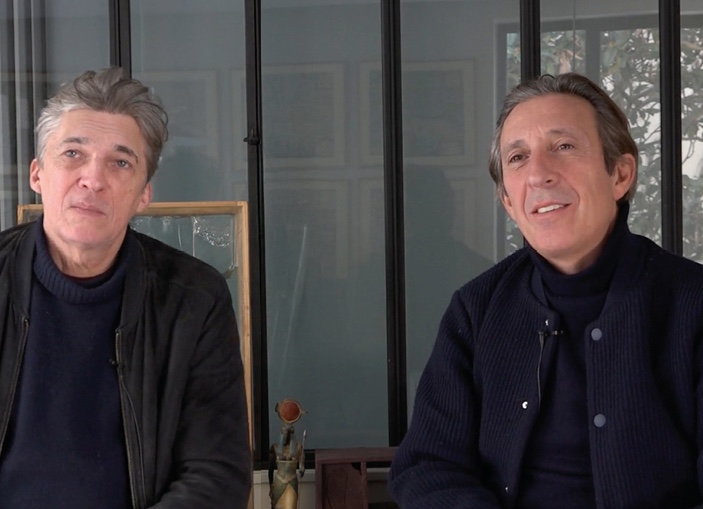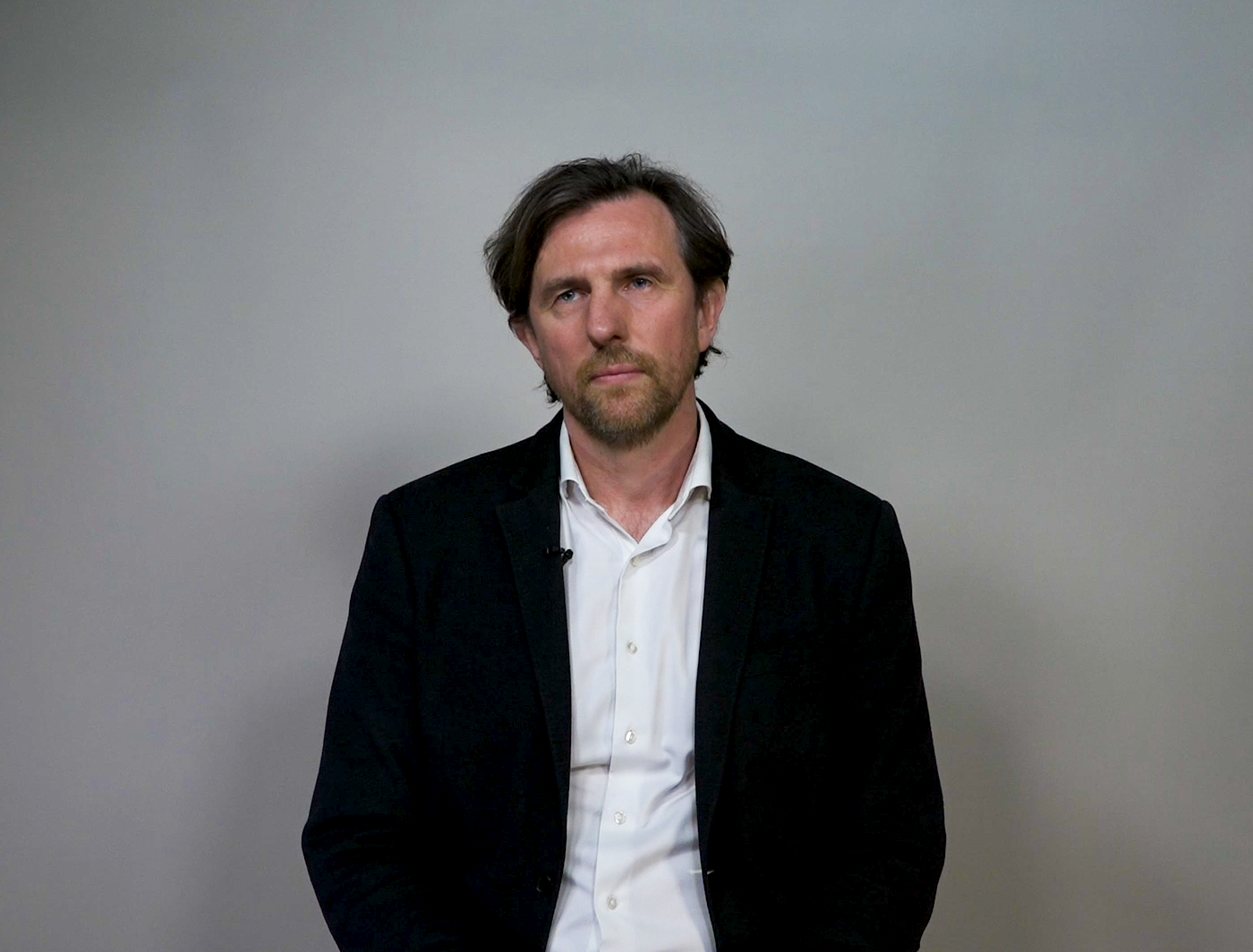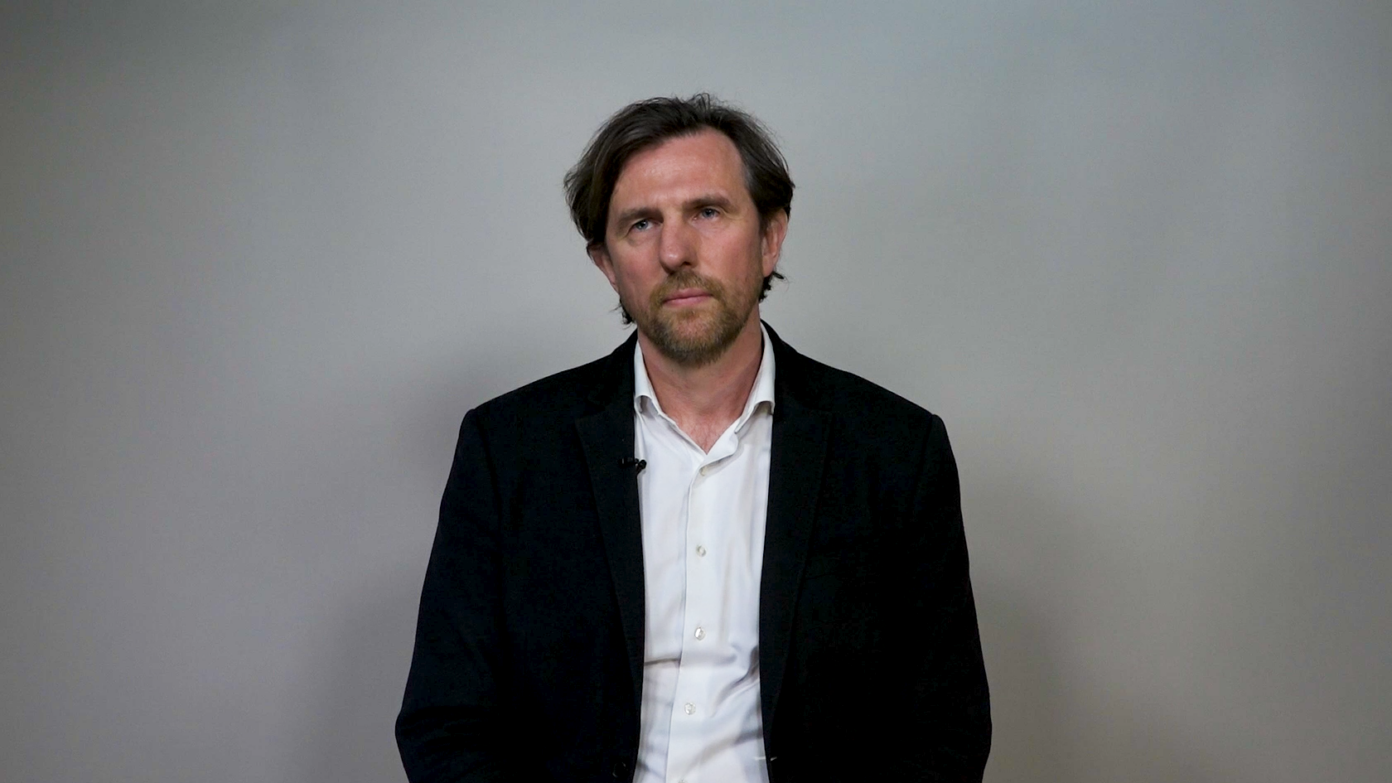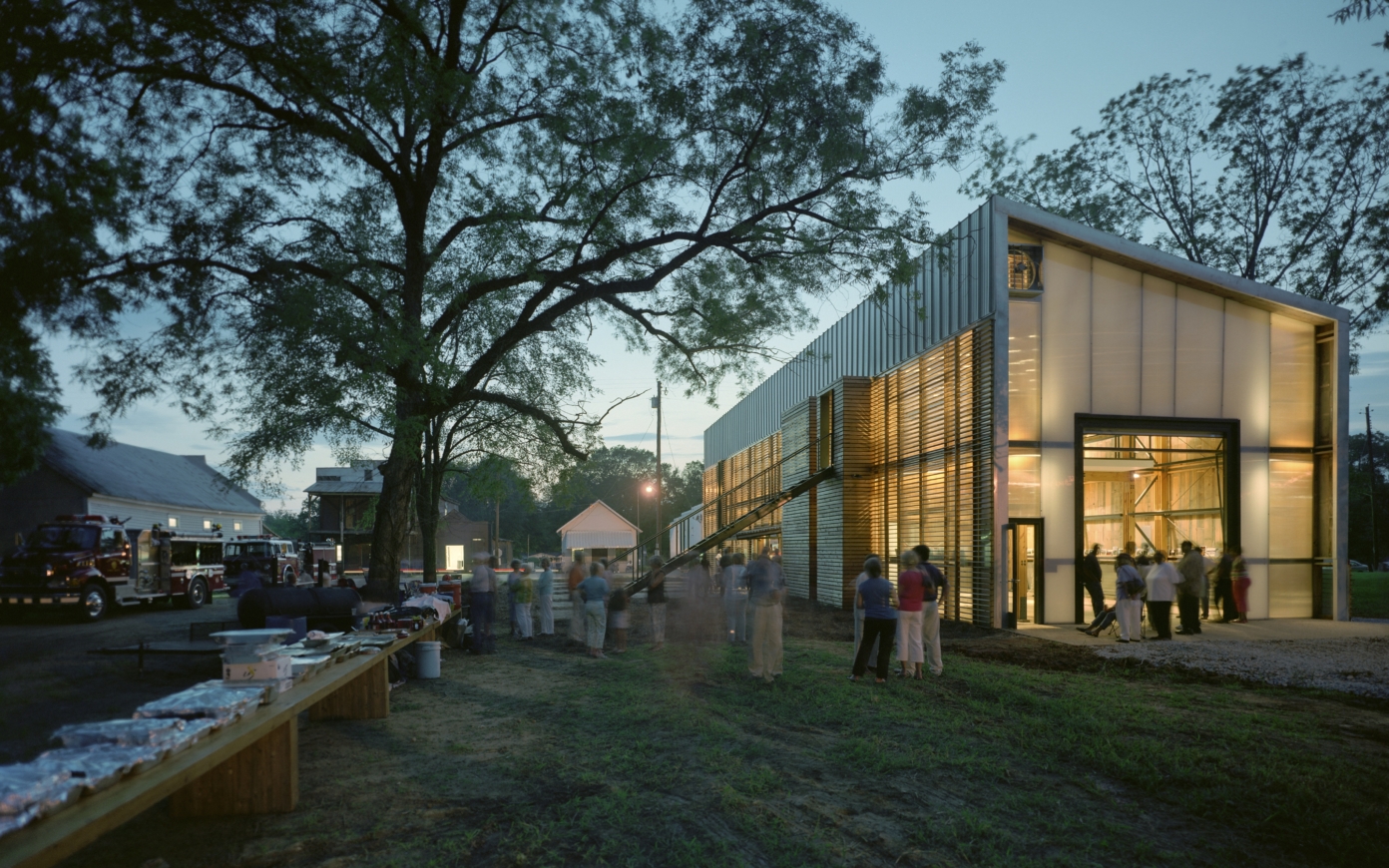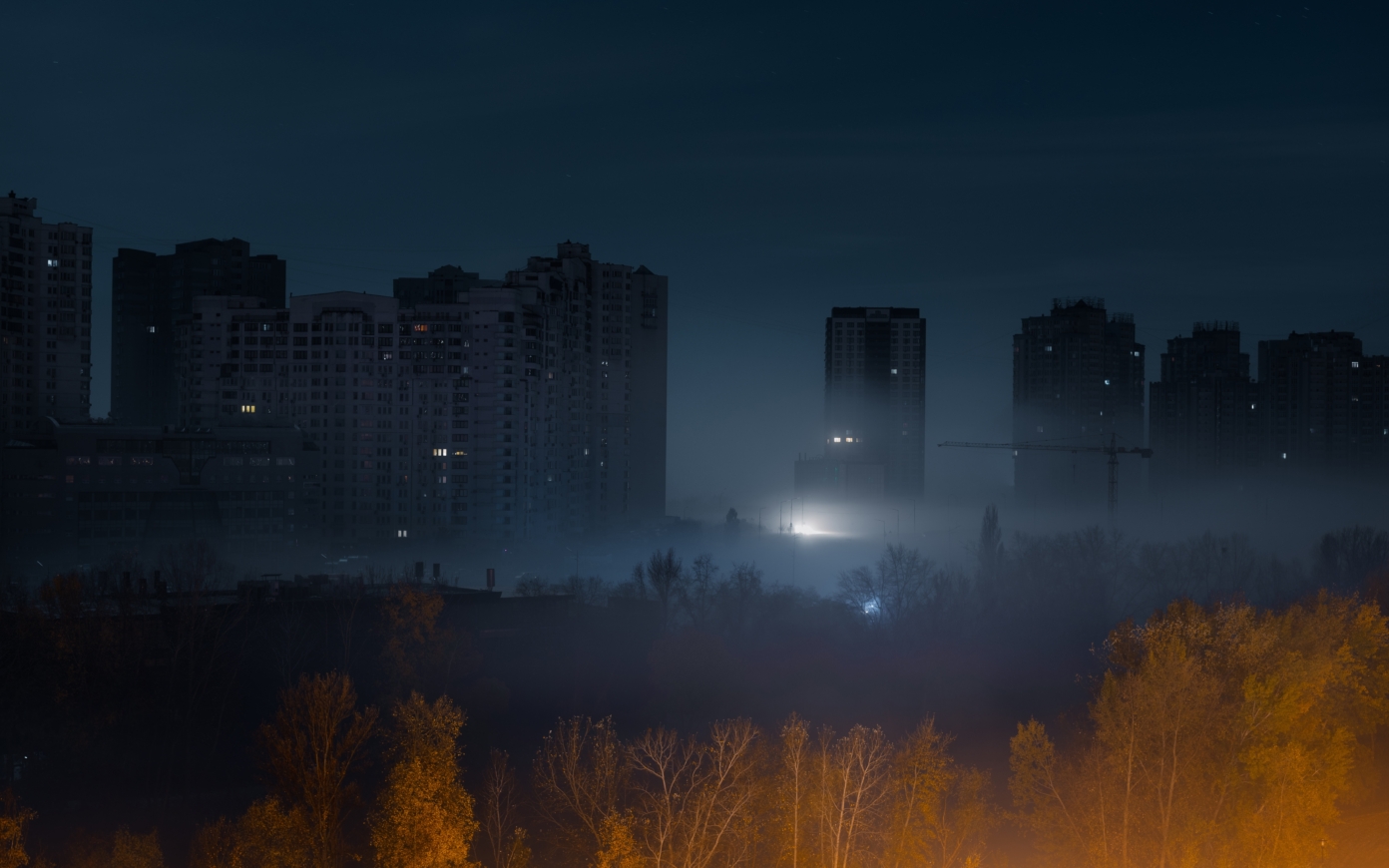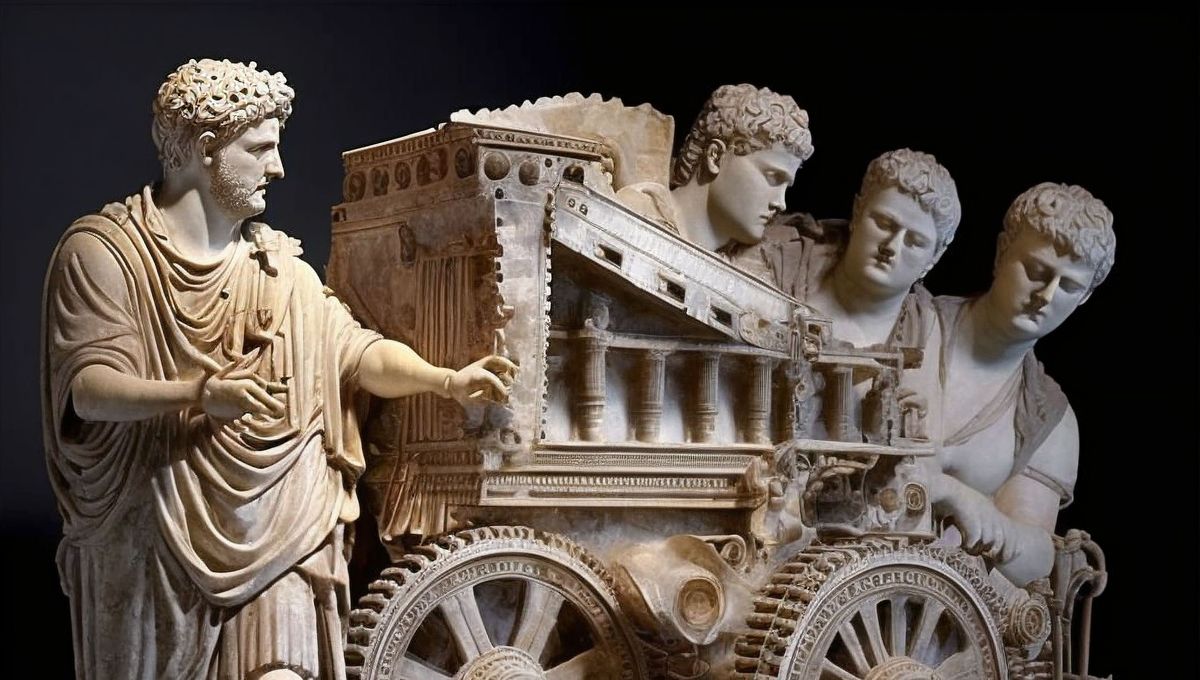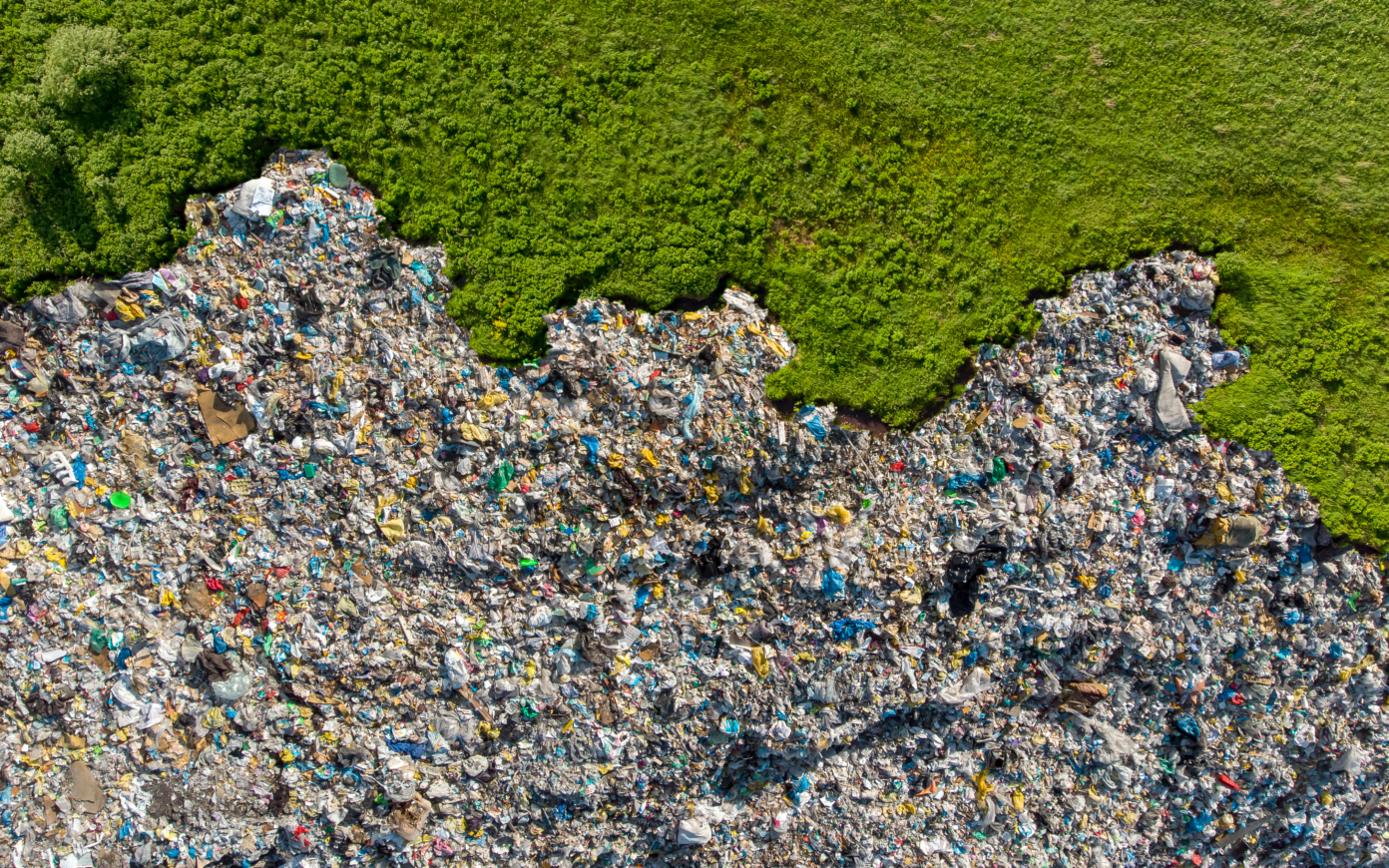What can be learned by studying Man as if he were an unknown animal?
To shoot your feature film Les Hommes, you boarded the Tara, a vessel dedicated to research and the environmental protection, to accompany a scientific expedition to Greenland. What were you looking for in this meeting of disciplines? Did any conflict arise between your vision of beings, both living and inanimate, but always “possessing a soul” and the Cartesian point of view of the scientists?
I sought to film a first meeting between animals and men in a deserted landscape, and it had to be humans practicing the landscape in a relationship that was intense and necessary. Even though the choice of this particular voyage was the result of a timely combination of circumstances, the fact that it was with scientists made perfect sense to me: I have always been fascinated by the grandeur of the universes that seem to open up the sometimes microscopic points of reality that science explores, and at the same time I have always been skeptical and distracted as to this extreme place given over to the explanation of things, as if the fact of wanting to understand at any cost prevents us from simply grasping what is right in front of us.
I set off on the expedition with the idea of turning the scientists’ procedures of observation back on themselves. This opened up a whole aesthetic field to me: made free by this idea of a protocol, I could become removed from my own self, and fuse with my instruments and become a pure prism. I think that in this way I managed to observe humans as animals that I had never seen before.
As to the human relationships with the scientists and the friction between our different positions, I was perhaps more surprised than they were. Certainly, the position that I took, based on a kind of silence and a total absence of questions may have unsettled them at first, as they were more accustomed to reporter-interviewers that sought to uncover the details of their thinking. But they quickly recognized that like them I set regular and systematic framed traps to capture the smallest of their gestures. Little by little, they recognized themselves in my attitude and accepted to play with me.
With regard to the film, to my great surprise, they quite liked it. Quite a lot, even. Though they remain rationalist in their approach as researchers, they don’t have a less magical relationship with the world. Those who go out into the field love more than anything else “to be,” and this is what the film proposes.
Later on, Philippe Descola confused me when he spoke to me about Indians’ “naturalistic knowledge,” something that was interwoven with their conception of the world. Awareness and knowledge of other species with which they share a presence in a given territory contributes to this very strong human relationship that they have with each thing. In fact, scientists are probably the people who are most aware of the infinitesimal existences that surround us. The world is filled with centers for them, and there must be times when they project themselves onto them. Basically, there probably isn’t any antinomy between science and representation. We would certainly gain from becoming a little more naturalist, in such a way that we become part of the rest of the world in our imagination and open ourselves up to other perceptions.
This article was initially published in Stream 04 – The Paradoxes of the living in November 2017.
order the book-magazine






